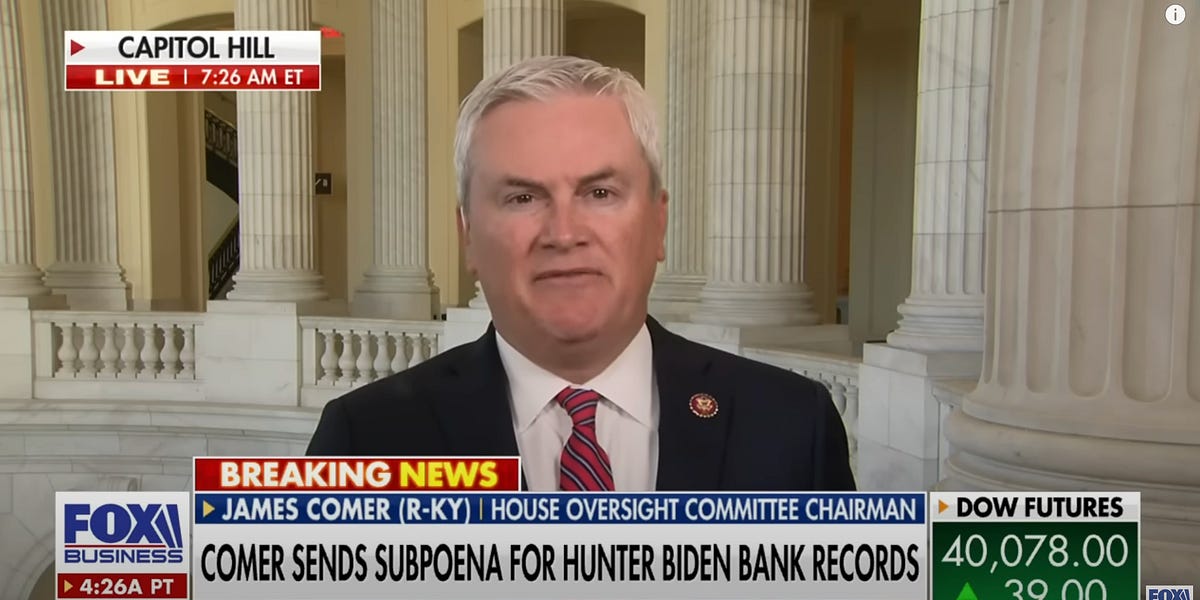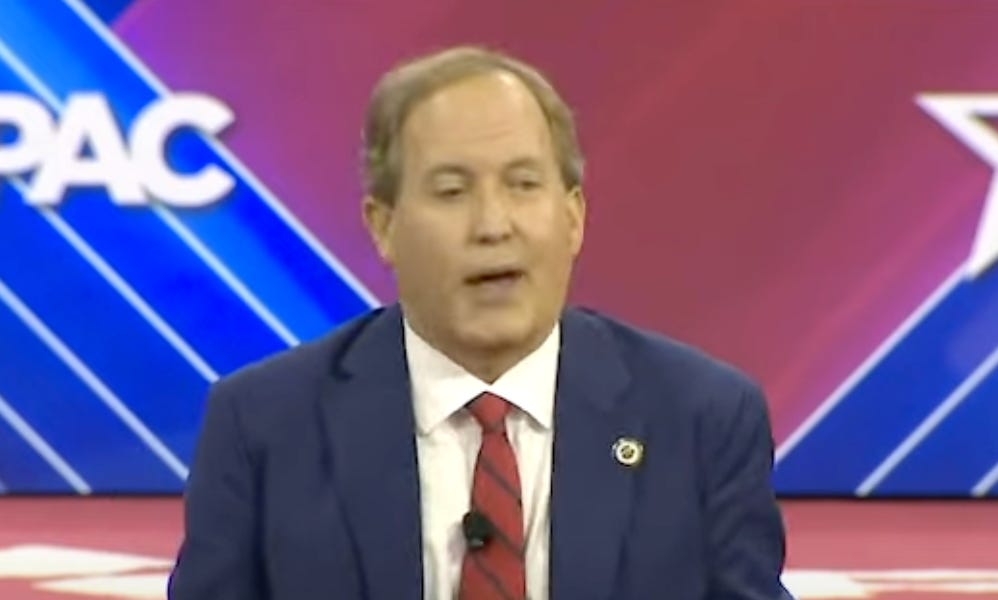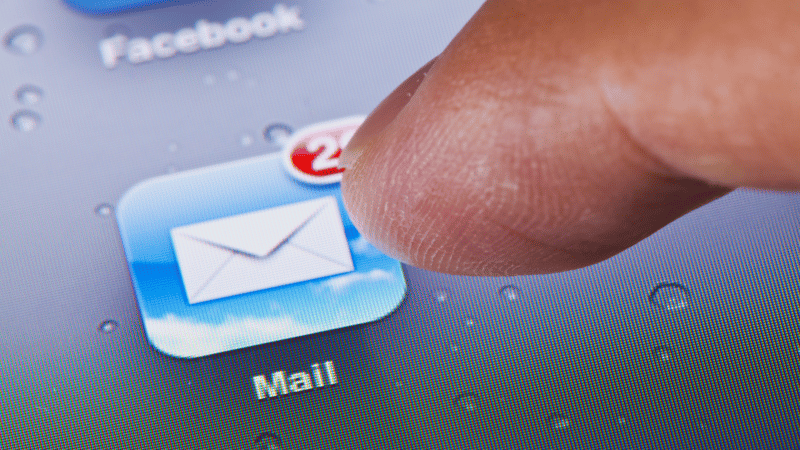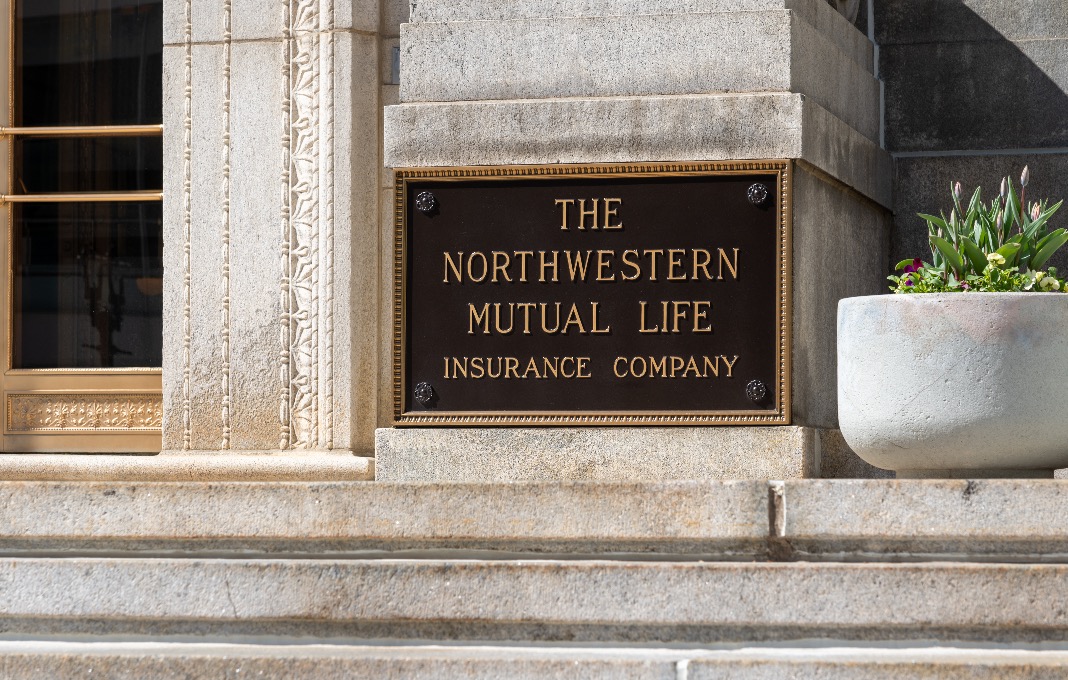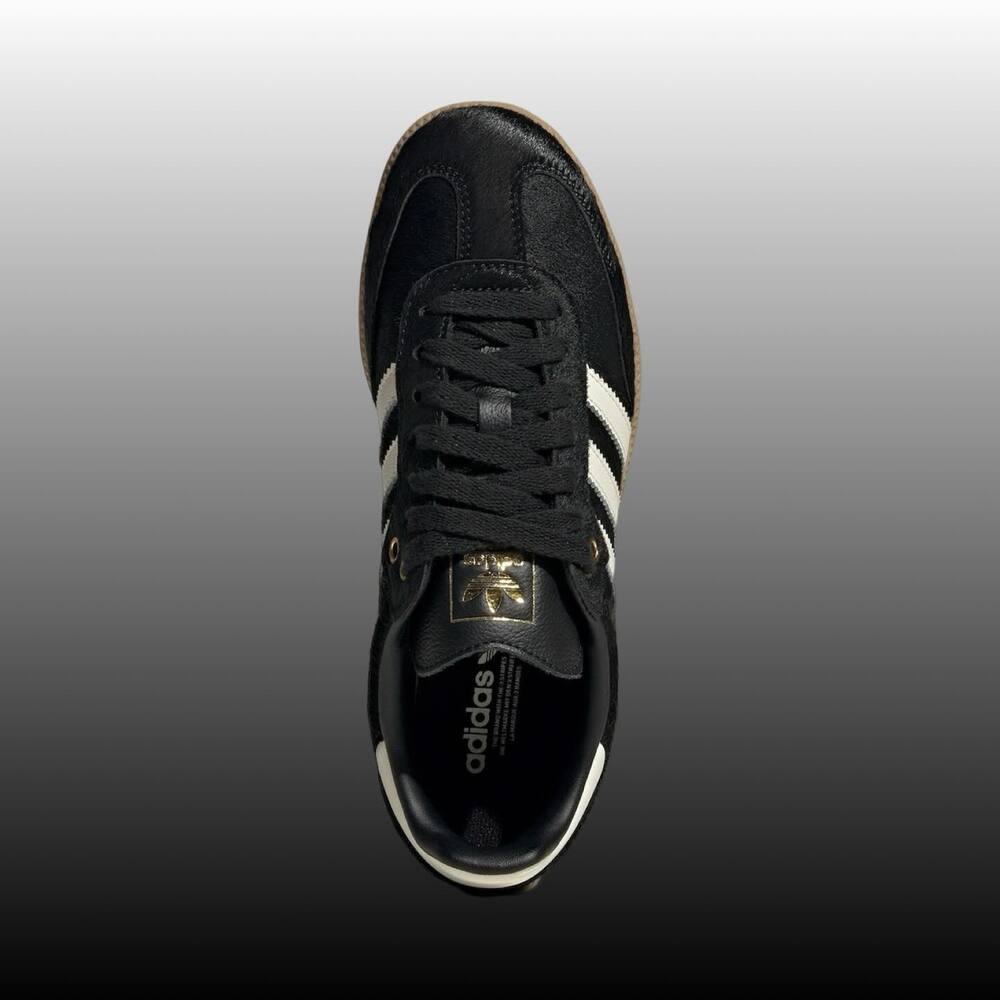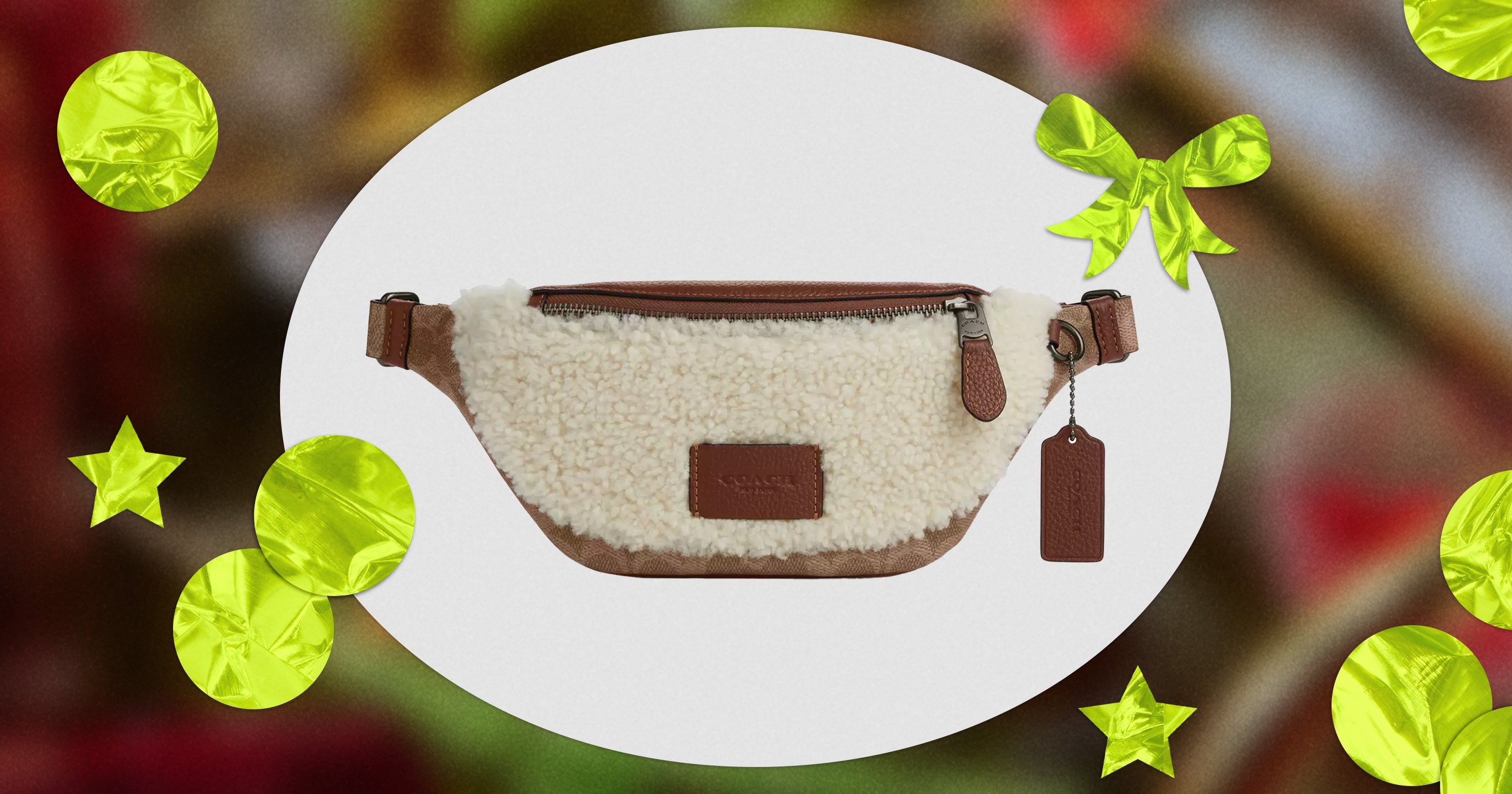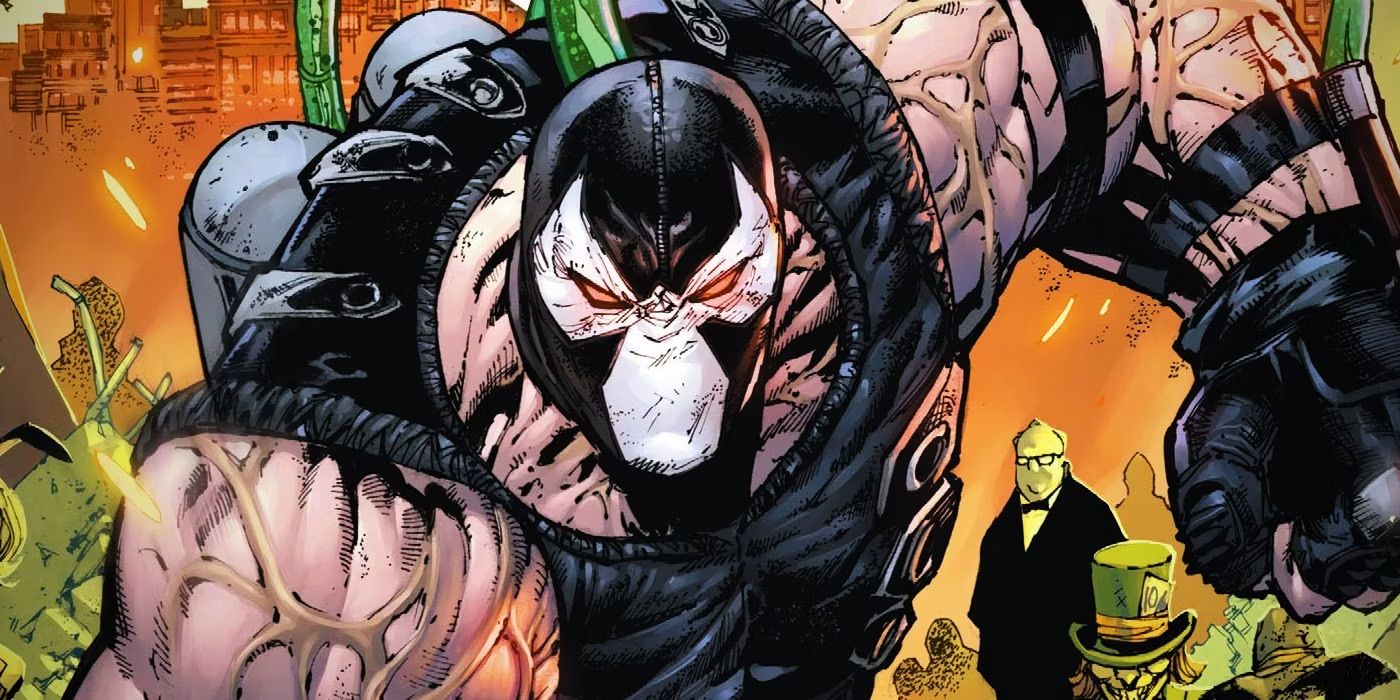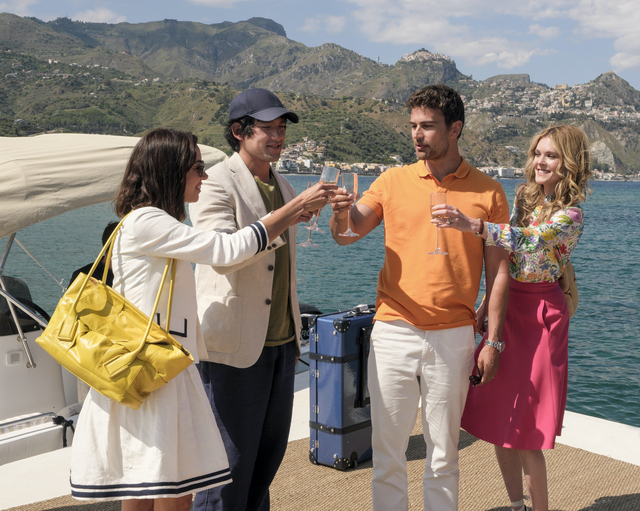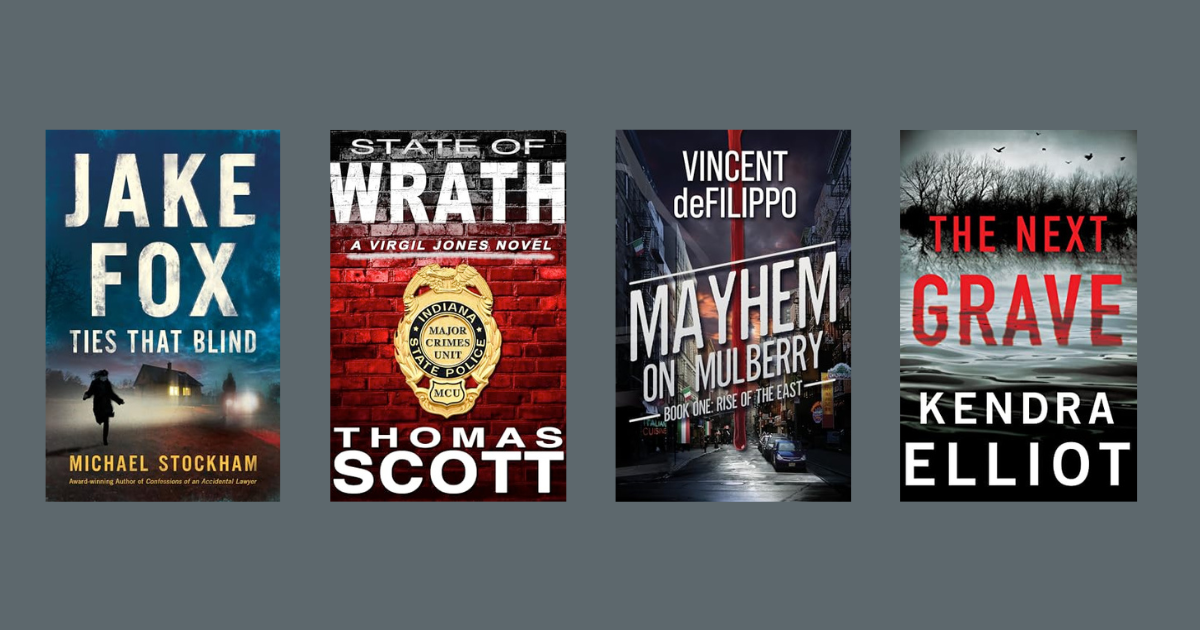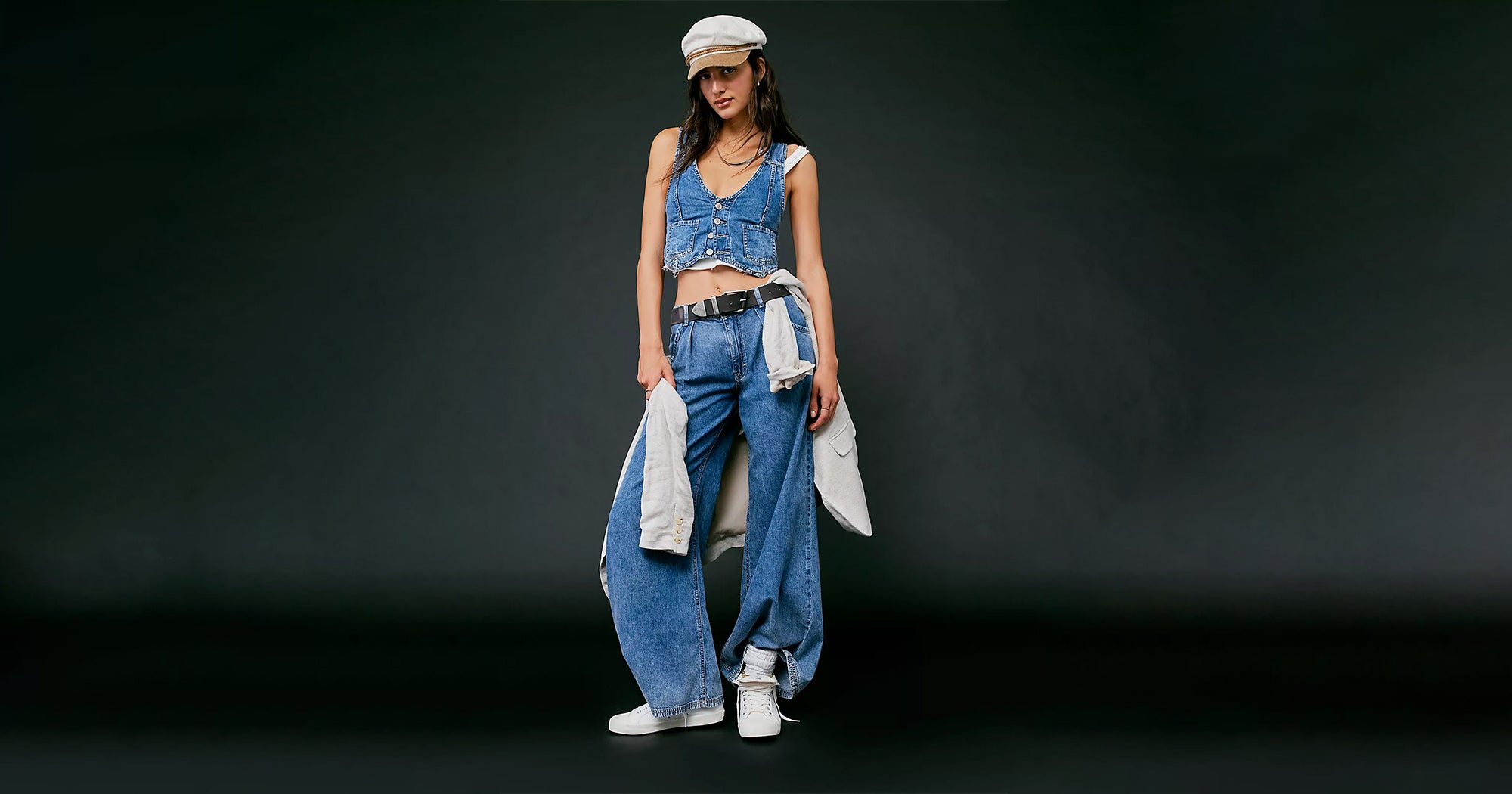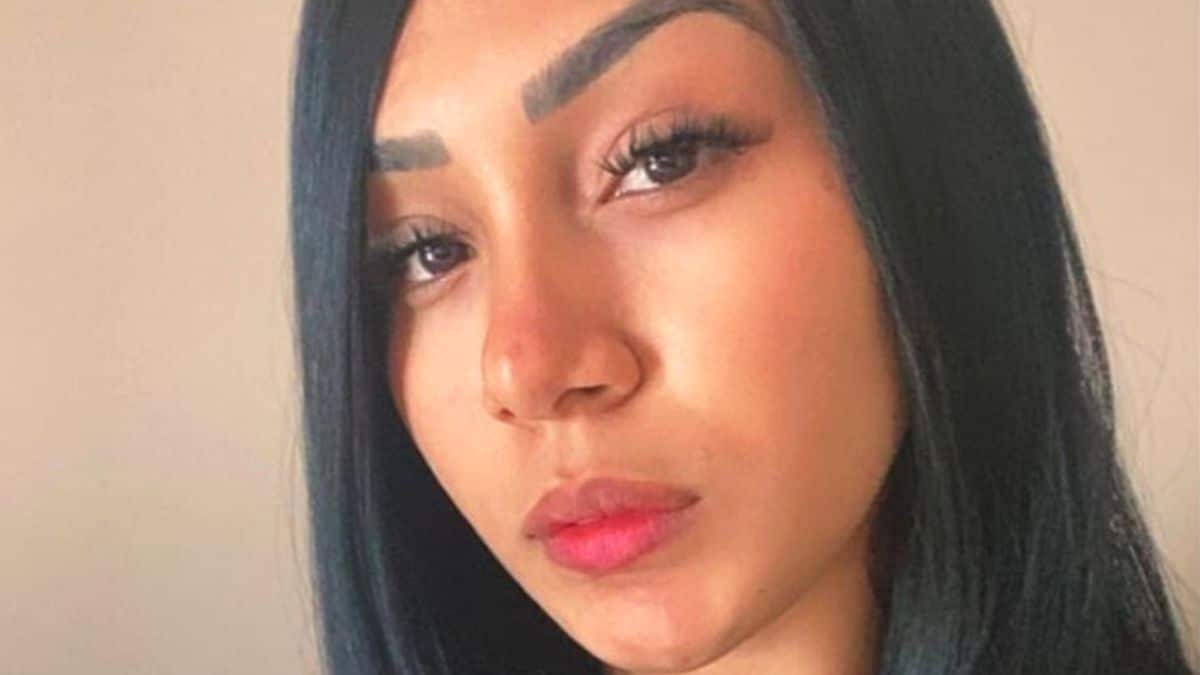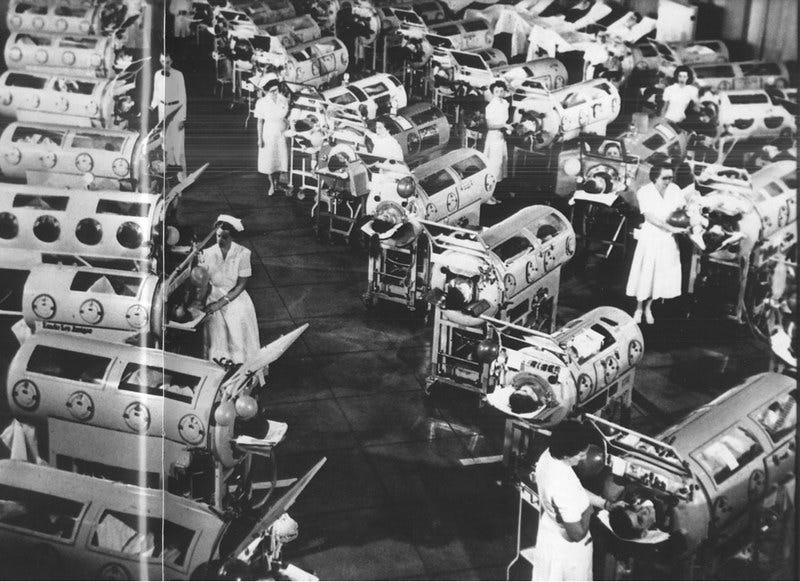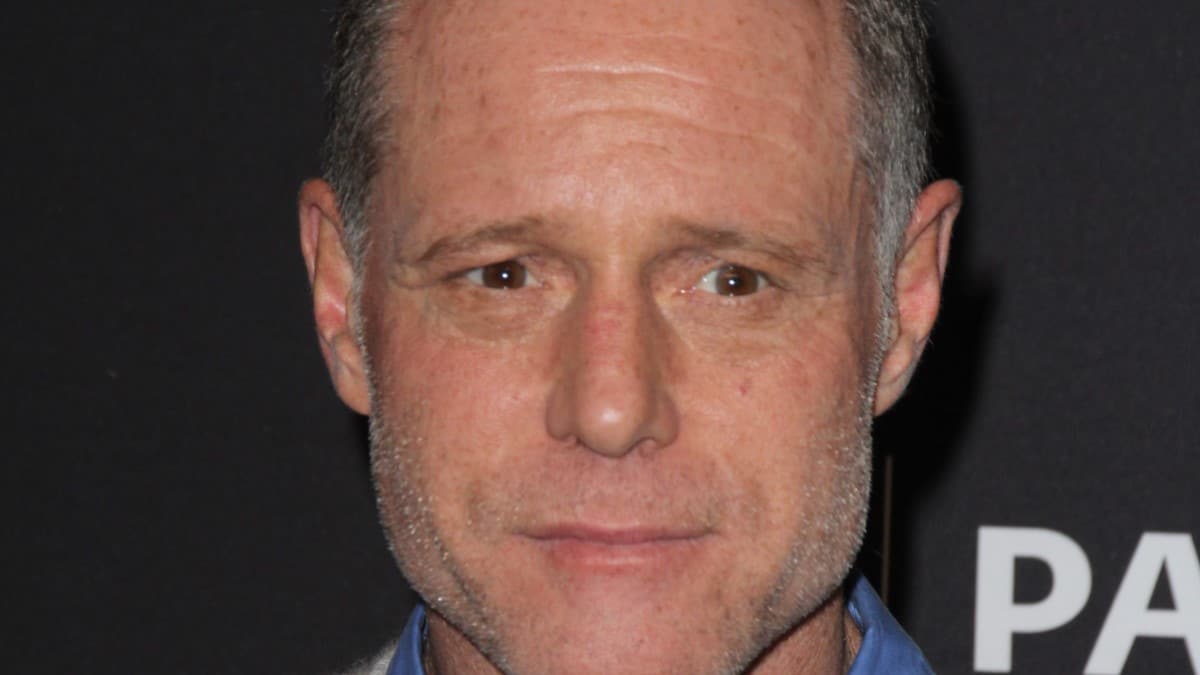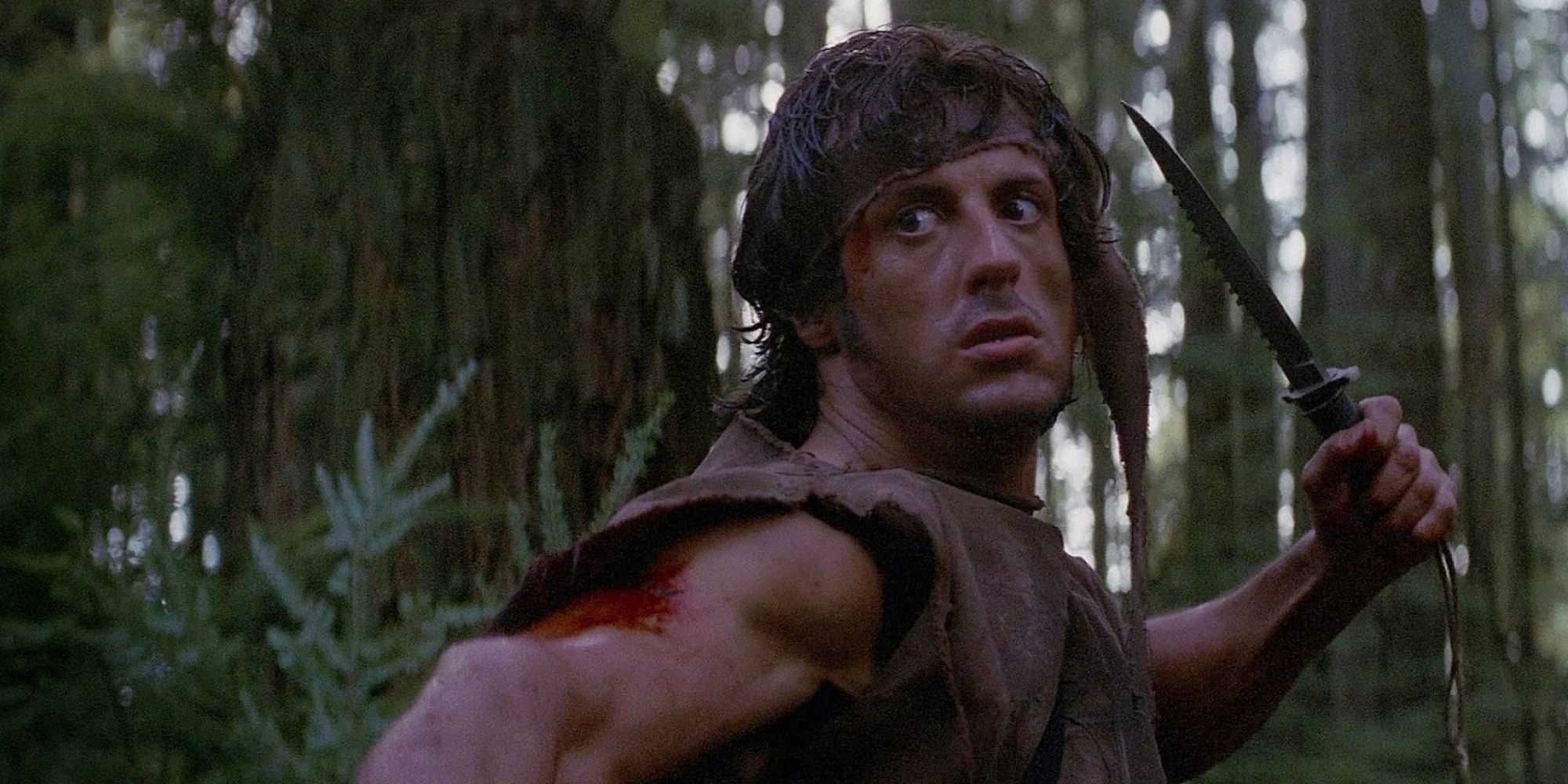This year marks a number of milestones for Maxim, the unforgettable MC and vocalist of The Prodigy. In the fall, the groundbreaking group will mark the 25th anniversary of their standard-setting album, The Fat of the Land. Also this fall, The Prodigy celebrate the 30th anniversary of their debut album, Experience. This summer, the group performed its first live gigs since the death by suicide of their other frontman, Keith Flint in 2019.
Hot on the heels of those tour dates, Maxim, who moonlights as a visual artist, MM (Double M), will be releasing his second NFT collection, “Lepidopterror,” on the Crypto.com platform in collaboration with the Web3 studio, Snowcrash. The “Lepidopterror Collection,” which drops tomorrow (July 27), features 888 still images of four different butterflies. This collection references MM’s 2009 butterfly rebellion concept, which originally resulted in quite a few physical mixed media pieces from the artist.
Maxim balances his double life as an in-demand musical and prolific visual artist with ease. He Zooms in a mere two hours ahead of The Prodigy’s set time to discuss how his upbringing shaped him into his role in the group, his approach and attitude toward art, and what it’s like being alone on stage without Flint.
1. Where are you at the moment?
In a hotel room in Manchester. I’m on tour with The Prodigy in the U.K. It’s weird being back on tour. It’s been in limbo for quite a while and it needed to happen. For months I’ve been anticipating what it was going to be like. This is the first time without Keith. It’s me and Liam, and we’ve got our drummer and guitarist, but it’s just me at the front.
For the last three years, after Keith’s death, I’ve had a reoccurring dream that we were going to do a show, I was going on stage, and I see a car pull up and it’s Keith. He says, “I’m back! I’ve come back!” And I say, “Man, you came back! You’ve come back for us!” I suppose there’s a part of me that doesn’t want to let go.
2. You are okay, though?
Yeah, I’m good. As soon as I got on stage, it clicked in. There are 10 shows in total. Tonight is going to be the seventh. Then we do three Brixton shows in a row. Brixton is quite an emotional venue for us because we’re the band who have done the most shows there, seven nights in a row. There’s a plaque there of Keith in the dressing rooms as well.
The fans are getting us through this. They want it so much. It ended abruptly for a lot of people. A lot of people want to celebrate Keith’s life. The buildup to the first show for the last few months was the hardest thinking, what’s it going to be like. But soon as we got on stage, everything came back and the fans are just amazing. It’s been fun ever since. I can’t wait for tonight.
3. What is the first album or piece of music you bought for yourself and what was the medium?
It was when I was 13, a Specials album. Either The Specials or The Beat, most likely The Specials, on vinyl. I had a few of their records and I played them to death.
I liked the whole ska gang movement. I grew up in a town called Peterborough where there were rude boys and everybody dressed the same: Sta-Prest, white socks, loafers, [Dr. Martens] Airwairs, Fred Perry, Crombies. This is the authentic look in the UK. You had to be part of a gang. We were in this gang called Lincoln Road Rude Boys. When we used to go to the town center, there were 50-60 guys, teenagers, all dressed the same. I felt so good being part of this gang.
That’s my first introduction into being part of a movement. The ska movement and two-tone movement was a big influence on The Prodigy. The Specials was one of Liam’s first records as well. Keith, one of his first records was The Jam, so he was more into the mod thing. But the ska movement and the whole camaraderie gang thing, the band thing, that was all in us, and that seeped into The Prodigy sound.
4. What did your parents do for a living when you were a kid?
My mum worked at British Telecom. For years my mum was a cleaner, but I never knew what she did. My dad worked at hospital. He was a head porter at a hospital. He was in charge of a few people. He had his own office.
I owe so much to my parents. They instilled such values in me and gave me the freedom to express myself. Growing up in that time, a lot of people struggled and couldn’t offer their kids a future. My parents worked very hard and they didn’t send me to college or anything like that, but they gave me a balanced home life. That balanced home life gave me the opportunity to be myself and express myself. A lot of people didn’t have that. They didn’t have time to be themselves because their parents were struggling or they’d split up. They had such a traumatic upbringing, they didn’t have much focus on themselves. I didn’t have that. I owe a lot to them.
5. Did you have a job before you started doing music in a professional capacity?
I had loads of jobs. They didn’t last long. I worked in a carpet shop as a salesman from the age of 17 to 19. I used to write songs. The manager in the carpet shop would say, “You’ll never make it.” I said, “You watch mate, I will. When I do, I’ll come visit you.” When the band started going, a couple of years in, I went back and visited.
6. What’s the first non-gear thing you bought for yourself when you started making money as an artist?
Everything around that time was gear. One of my dreams was to have my own studio. It was about living, breathing music. Finding a new keyboard, buying records, buying samplers, buying some new leads to plug into the sampler. It was all about equipment. Me, Leroy [Thornhill] and Liam we all were buying different equipment.
7. If you had to recommend one album for someone looking to get into dance music, what would you give them?
I wouldn’t give them a four-to-the-floor album, or a house album. It’s not a true reflection of anything. They don’t have much energy. They don’t carry a vibe. I’d give them The Prodigy, Fat of the Land. It’s a good spectrum of style and music.
8. What was your introduction to electronic dance music?
Dance is a wide spectrum. Ska, northern soul, the Detroit sound, funk and soul, electro, rare groove, acid jazz. Dancehall and reggae are my foundation. I’ve been into so many different styles of music. But as far as dance music as “rave music,” I suppose the first tune which I really listened to was Lil Louis’ “French Kiss.” That wasn’t my introduction into the party scene, because I had friends in the party scene. I didn’t really like the music because it was all bleeps. I was into reggae and hip-hop at that time and I just didn’t understand it. As it changed and people started putting breakbeats in it and sampled stuff, I was more into it.
9. What the last song you listened to?
“Proud Mary,” Tina Turner. I love that tune. So many artists copy her style. So many people have been influenced by her. The way she performed in the ‘60s, she’s got such energy. I can watch “Proud Mary” over and over again. She’s a unique woman. Her character and her performance and how she looked, I just think she’s special.
10, What’s the first electronic show that really blew your mind?
One of my favorite performances I’ve ever seen was Prince on the Lovesexy tour in 1988. I remember being in awe of the guy. He came out on this car. He played basketball on stage with Cat [Glover], his dancer, and Sheila E. was on drums. I loved everything he did. He is probably a big influence on my performances.
As far as electronic music, I had been to raves and seen other acts perform. I saw N-Joi, before we ever performed. That kind of inspired me to perform.
11. What is the best setting to listen to and experience dance music?
Make sure you’re in a place where you got a good sound system. That’s the bottom line: good sound system. Proper hard-edge music like The Prodigy or Wu-Tang, or anything with bass and dynamics, it’s all about having the right sound system. If you don’t get the right sound system, you’re not going to get the energy of what they’re trying to create.
12. How did you get started creating visual art?
I went to the Affordable Art Fair in Battersea, in London, to buy some paintings for my house. When I saw what was there, I thought, it’s not even that good, and, I could do that. I didn’t buy anything. Came back home, bought some canvases and thought I would have a go at it. I just did color washes. Started with red, then yellow, going to blue, made it all blend. Did a few of those and put them on the wall. I was quite content with that. My brother came over and asked where I got them. I said I did it myself and he asked me to do one for him. Friends came over and liked them, same thing. Then I started experimenting with oils.
When I was on tour in New York around 2003, 2004, a friend of mine is an art curator and she took me around to a few of her friends. They showed me all these different techniques. [Artist] David Hochbaum showed me this technique of printing an image on film then transferring it with glue
[Hochbaum] told me about Dover Books which have copyright-free images of animals, insects, building, people. I went to the Dover Bookstore in London and there were loads of these books. I stumbled across this butterfly in this anatomy book. I put this skeleton and this butterfly together. It reminded me of when I was younger and there was an advert on TV about this girl running through a cornfield with a butterfly net. I don’t know what they were advertising, but she was always catching butterflies in this net.
It gave me the idea of, what if you arm those butterflies with samurai swords and they take revenge on the girl? What if she was catching them in the net and they were cutting themselves out of the net and freeing themselves? It was arming something which is quite vulnerable and empowering them. It developed into a bigger idea of insects attacking the butterflies and the butterflies killing the insects. It’s an analogy for so many things.
From Maxim’s Lepidopterror Collection
Courtesy of Maxim
13. Technology helped you realize your ideas with music. How has technology assisted in you realizing your ideas in visual art?
When I first got into art, it was all about buying canvases and acrylics and using materials around me and visually creating something on a canvas, on board, and using resin, using this, using that. But as time goes on, I think creativity is in your head, and art has moved on, to a point where it doesn’t have to be on something physical. You can use technology. I have done quite a lot of art on my computer. I really enjoy drawing on my computer, making art using Photoshop and putting images together and creating something, then printing it, cutting it out and taking a picture of it again and then manipulating it on the computer again.
Technology has really helped me free my mind. Before, I wouldn’t do that. I would think that’s cheating. Now I’ve realized it’s not cheating. It’s just expression. It’s using your creativity in different ways, in different forms, and having technology to assist you. There’s nothing wrong with that.
14. How were you first introduced to the NFT space? What was your first impression?
I got into it about a year and a half ago, trying to get my head around the concept of it. It probably took about six months to really understand it. How I understand NFTs, in the same way that you would write music and put a physical album out, and now you can put mp3s out and you have digital streaming and people can listen to your music on other platforms — that’s what NFTs are. They’re another output for artists to get their creativity out in another form. It’s not just as a physical canvas. This is a digital image.
Maybe a music NFT is the next phase for me in the future. I go through such a rollercoaster when it comes to music. I’ve always wanted to write music. I like writing music. But I get so disillusioned with the whole industry. How it tries to manipulate people and stranglehold everything. If you want to write music, you have to go through it this way, through these channels. Back in the day, when you wanted to write music, you would press up 500 white labels and sell them. That was a way of not doing what everybody perceives as the way you have to do it: Get a record deal, record company manipulates you by giving you an advance, you don’t make that money back, you learn, and then you’re worse off than when you started.
As far as NFTs go, it’s given the artist a different way of expressing themselves. A music NFT would be a different format of putting an album out rather than just putting it on a streaming service where people don’t actually own it. When you stop paying your membership on that streaming service, those tunes are gone. You don’t have anything. This is a way of giving people some ownership back. You buy the NFT. You own that digital version. There are limited versions and it’s like a commodity where you’ve invested in that track, where the value can keep going up.
15. How was your experience with your first NFT collection release, “Feelgood,” with artist Dan Pearce last year?
It was good. We had the idea of what we wanted to do. We got this company on board to help us do it. The company got hacked. So that wasn’t that wasn’t a good experience. It was our first introduction into the NFT space. We could have done more, done a few positive things like getting a charity on board. When you do art and things on a creative level, I feel like you should always give something back.
16. What can you tell us about your current NFT collection “Lepidopterror” with NFT.com and NFT platform Snowcrash, which is based on your original butterfly collection?
Lepidopterror is based on the first oil paintings I did. NFTs have gone through a stage where they were still images and then people do intricate animations and so on. I have done a few intricate animations, but I didn’t want to do animation for the butterflies. I wanted to do stills as a collection. The same way that when you’re growing up you have a collection of football cards where you haven’t got a particular one and you need another one, I wanted it to be like that. And I’m doing it with Shelter again, who I worked with before with the “Hope” collection.
17. NFTs have been heralded as a lucrative source of income for musical artists as they tap into the artist’s fan base’s varying levels of interest, resulting in high bids for limited-edition pieces. As an artist who works in both art and music mediums, what are your thoughts on that?
I got into art because I just needed some art for my house. Then I got into art because I enjoyed doing art, same as music. I love doing art. I love doing music. Now if I earn money off that, that’s a byproduct of it, but that’s not the reason why I’m doing it. I do it because I love doing it, and I feel I have a value. I put value on myself and self-worth in myself. I know what effort I put in when I do a painting. If I’m going to sell it, to me, that’s worth X amount. If someone wants to pay that X amount, then that’s a bonus. They don’t want to buy it, they don’t have to buy it. I still admire it and it’s my painting which I’ve created.
It’s the same for NFTs. I create NFTs and there’s going to be a value to them because I’ve created them. There’s a value to my creativity. If it’s a source of income for me, then that’s a good thing.
18. What was the best business decision you ever made?
Every day I’m learning something new about business — and probably the best business decision is learning from the last one.
19. Who was your greatest mentor, and what was the best advice they gave you?
My dad is my greatest mentor. He basically brainwashed me into saving money. From an early age he used to ring me up and ask, “You still saving money?” Yeah. “Make sure you put some money away for a rainy day.” He did that to me, literally every other day for 25 years. I got it. It was something that was embedded in my head. If I earn £50 pounds, I spend 10 and keep 40, that’s what my dad used to say.
20. What is the best piece of advice you’d give your younger self?
The advice I’d probably give my younger self would be to stick to your dreams. In a way, I kind of did.
I say to my kids, “The world is your oyster, you could do anything you want to do.” When I grew up, I didn’t have any advice like that. All the passion which I had for music came from me, nobody else. Outside forces and friends around me didn’t want me to succeed as a musician. But I never listened to other people. I just did what I wanted to do.







